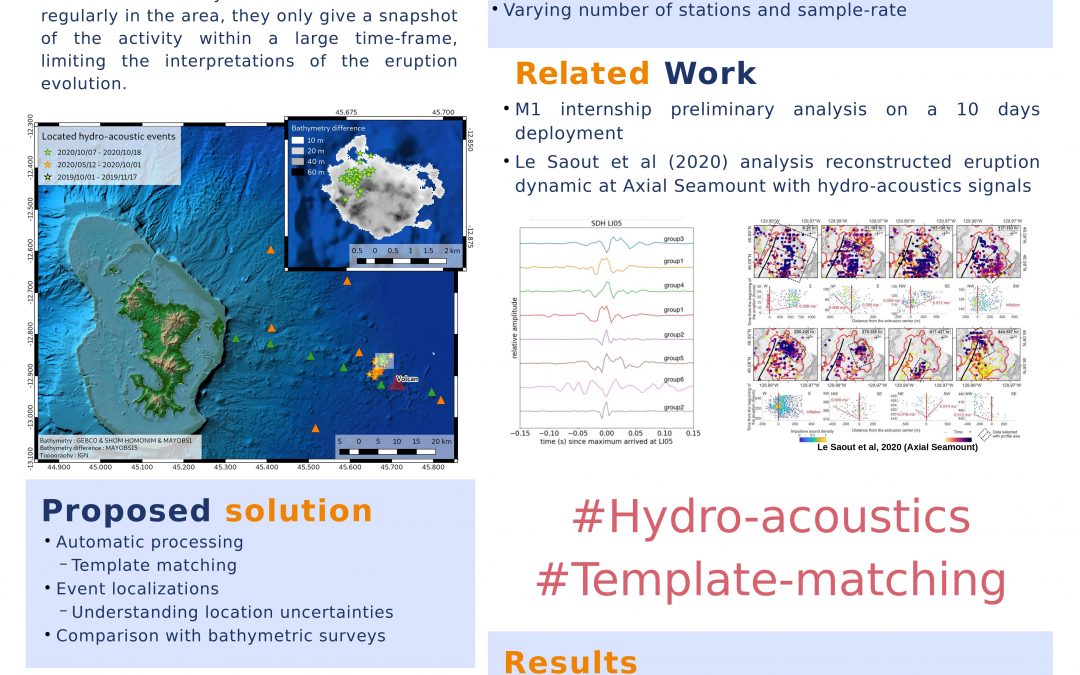2021
Masters Projects
@Earth Sciences and Geosciences
+Chemistry
#melt
#glass
#material
#properties
#neural networks
#thermodynamics
Project Summary
How do molten silicate melts move? How do they exchange heat with their surrounding? How do they crystallize? These fundamental questions underpin many practical problems, including the dynamics of volcanic eruptions, the formation of rocks, and the manufacturing of novel technical glass, ceramic, and glass-ceramic materials. Addressing them requires knowledge of different physical properties, such as viscosity, which are ultimately governed by the liquid composition and its associated atomic/ionic structure. At present, no general model allows inferring this information.
This project supports the development of a novel intelligent model that combines deep neural networks with thermodynamic theories to predict the properties and structure of glass-forming oxide melts. We developed a first version of this model. It predicts multiple properties of simple melts with a few oxide components. This project will allow the development of our model for more complex geologic and industrial compositions. This novel, intelligent model has the potential to become a reference for volcanologists and glass scientists, because it will allow tackling various problems, such as how small changes in the composition of lavas can trigger explosive volcanic eruptions, or how controlling nanostructures in glasses can foster the development of shatterproof cellphone screen glasses.
Charles Le Losq
Projects in the same discipline

Enhancing earthquake location with domain adapation
2023Masters Projects@Earth Sciences and Geosciences +Mathematics/Statistics #Domain adaptation#machine and deep learning#volcano-seismology#earthquake catalogs Project Summaryto be updated. Léonard Seydoux Projects in the same discipline

Automatic detection and location of hydro-acoustic signals linked to Mayotte submarine eruption
2022Masters Projects@Earth Sciences and Geosciences +Computer Science+Mathematics/Statistics #Mayotte#hydro-acoustic event#template matching Project SummarySubmarine volcanic eruptions generate numerous seismic and hydro-acoustic signals (West Mata, Axial Seamount)...

PARKER — Planetary lidAR seeKing for lifE signatuRe
2021Strategic Projects@Earth Sciences and Geosciences +Mathematics/Statistics+Physics/Astronomy #LiDAR#surface of planets#image processing#geomorphology#critical zone#biomass#signal processing#aliasing Project SummaryThe topography of planets bear the imprint of the...

Automated segmentation and clustering of spICP-ToF-MS time series
2024 Strategic Projects@Earth Sciences/Geosciences #nanoparticles#spICP-ToF-MS#clustering#segmentation Project Summary The detection and characterization of inorganic nanoparticles (NPs) in natural matrices has relied primarily on single-particle ICP-MS (spICP-MS)....
